Filter by

Look Homeward Angel
A legendary author on par with William Faulkner and Flannery O'Connor, Thomas Wolfe published Look Homeward, Angel, his first novel, about a young man's burning desire to leave his small town and tumultuous family in search of a better life, in 1929. It gave the world proof of his genius and launched a powerful legacy. The novel follows the trajectory of Eugene Gant, a brilliant and restless…
- Edition
- -
- ISBN/ISSN
- 9780743297318
- Collation
- 512p; bw; pbk
- Series Title
- -
- Call Number
- 823 WOL l
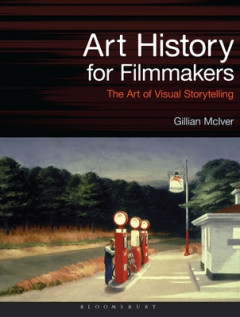
Art History for Filmmakers: The Art of Visual Storytelling
Since cinema's earliest days, literary adaptation has provided the movies with stories; and so we use literary terms like metaphor, metonymy and synecdoche to describe visual things. But there is another way of looking at film, and that is through its relationship with the visual arts – mainly painting, the oldest of the art forms. Art History for Filmmakers is an inspiring guide to how im…
- Edition
- -
- ISBN/ISSN
- 9781501362309
- Collation
- 256 pages.: illus.; 25 cm
- Series Title
- -
- Call Number
- 700.9 MCI a

Migrations Wildlife in Motion
- Edition
- -
- ISBN/ISSN
- 9781608877140
- Collation
- -
- Series Title
- -
- Call Number
- 591 WOL m
- Edition
- -
- ISBN/ISSN
- 9781608877140
- Collation
- -
- Series Title
- -
- Call Number
- 591 WOL m
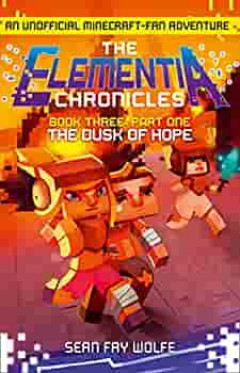
The Elementia Chronicles
- Edition
- -
- ISBN/ISSN
- 9780008152802
- Collation
- -
- Series Title
- Book Three : Part One
- Call Number
- F WOL e
- Edition
- -
- ISBN/ISSN
- 9780008152802
- Collation
- -
- Series Title
- Book Three : Part One
- Call Number
- F WOL e
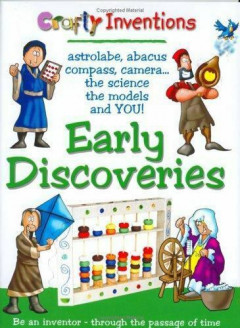
Benji's New Friends
- Edition
- -
- ISBN/ISSN
- 9781445455525
- Collation
- -
- Series Title
- -
- Call Number
- HAR b
- Edition
- -
- ISBN/ISSN
- 9781445455525
- Collation
- -
- Series Title
- -
- Call Number
- HAR b

Crazy Cow
This is a fun interactive sound book in a chunky board book format. Have fun with Crazy Cow as she plays with all her farmyard friends, jumping in puddles, hiding among the flowers, dressing up and dancing in the hay. This title includes colourful pictures, an interactive sound button and a lively story will keep your child entertained as you read together. First readers can try the book themse…
- Edition
- -
- ISBN/ISSN
- 9781843227755
- Collation
- 15 x 18; Hc; Hp; Fcol; Ill; 8p
- Series Title
- -
- Call Number
- E WOL c
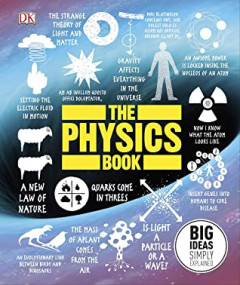
The Physics Book: Big Ideas Simply Explained
Using a bold, graphic-led approach The Physics Book sets out more than 80 key concepts and discoveries that have defined the subject and influenced our technology since the beginning of time. With the focus firmly on unpicking the thought behind each theory - as well as exploring when and how each idea and breakthrough came about - seven themed chapters examine the history and developments in a…
- Edition
- -
- ISBN/ISSN
- 9780241412725
- Collation
- 352 pages : illus. ; 24 cm.
- Series Title
- -
- Call Number
- 530 AND p

The Law Book: Big Ideas Simply Explained
From the philosophical, religious, and moral codes of the world's earliest societies, such as the Law Code of Hammurabi and the Ten Commandments, through groundbreaking legislation such as The Book of Punishments, Magna Carta and the Slavery Abolition Act, The Law Book offers an engaging and accessible overview of legal history across the world all the way into the 21st century with copyright i…
- Edition
- -
- ISBN/ISSN
- 9780241410196
- Collation
- 352 pages : illus. ; 24 cm.
- Series Title
- -
- Call Number
- 340.09 AND l
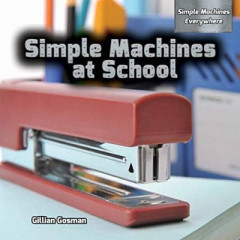
Simple Machines at School
Scissors are commonly found on school supplies lists, but most students don't recognize them for the simple machines they are. This exploration of school buildings and grounds encourages critical thinking to uncover the simple machines that are often taken for granted and teaches basic physical science concepts in a fun way.
- Edition
- -
- ISBN/ISSN
- 9781477768747
- Collation
- 24p., ill.,
- Series Title
- -
- Call Number
- 621.8 GOS
 Computer Science, Information & General Works
Computer Science, Information & General Works  Philosophy & Psychology
Philosophy & Psychology  Religion
Religion  Social Sciences
Social Sciences  Language
Language  Pure Science
Pure Science  Applied Sciences
Applied Sciences  Art & Recreation
Art & Recreation  Literature
Literature  History & Geography
History & Geography